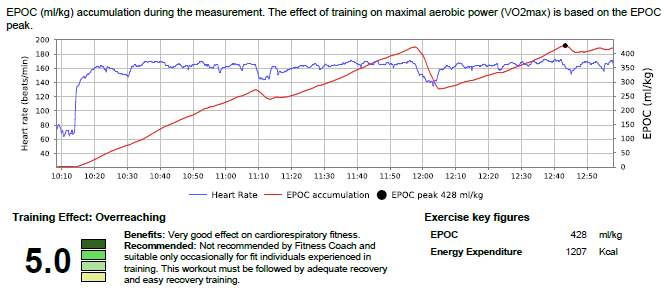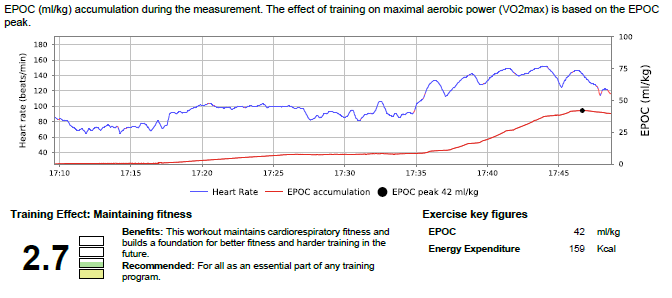The positive correlation between physical activity and improvements to blood pressure, quality of sleep, mental health and creativity is undisputed, the research far reaching and, as Plato’s words were uttered circa 400 BC, this is hardly breaking news. However, despite all the evidence, some consider it a chore, others just don’t do it and there are some who actively rebel against it.
Before going any further, health promoting physical activity does not necessarily mean sport, nor does it involve the ownership of lycra rich clothing or state of the art trainers, not even membership at the local gym is compulsory. From a health point of view, it means engaging in activities such as walking, dancing, or gardening at an intensity that creates some demand on the cardiorespiratory system. This does not necessarily require you to walk a certain number of steps, or do 30 minutes of exercise five times a week; it is working at an intensity, and for a duration, that creates the desired cardiorespiratory response – 10,000 dawdles, ambles or shuffles simply does not do the job. If you find the rate and depth of your breathing has increased to a level where, if talking, you find you have to catch your breath mid-sentence, it is likely the activity you are undertaking is sufficient to promote health. So, on National Fitness Day here are a couple of tips – one for those who love it and to start with one for those who don’t!
Some people cite a sedentary lifestyle as a barrier to exercise however, I suspect the bigger challenge comes from our mind. If you are struggling to engage with exercise, know you should do it, but simply can’t be bothered, try and create an emotional attachment. Instead of thinking about the activity, make a connection to something that is important to you. Keeping up with the rest of the family when out for a walk, being able to help your elderly father up the stairs, the legitimacy you will feel as a leader when you talk to your colleagues about the importance of energy having lost two stone of weight, or avoiding the challenges that your brother has as a type 2 diabetic – these are the emotional anchors that can hook you in and shift you from dream to reality to habit.
The second message is for those who exercise with the intention of becoming fitter yet pay little attention to how they are using their time. They are the people who are committed to exercising, and week in week out repeat the same run, typically in the same time; or those who check in to the gym every other day and follow the same programme 52 weeks a year. This approach is fine if the aim of exercise is to be healthy, switch the mind off and detach from other aspects of life, but it is not great if you want to improve speed, strength, or stamina.
Rather than creating a variation in load that will lead to an adaptive response, you have created what I refer to as ‘habitual drift’ and it is unlikely much change in performance will be seen. If improving fitness is the goal, then the attachment you require is not so much emotional – it is with knowledge that a good trainer will have!
Case Study – What is Good Exercise
Clients often ask whether an exercise session is good or bad and the answer is unless you know what you were trying to achieve it is impossible to judge.
The graphs below show data relating to a couple of runs. The blue line indicates the runner’s heart rate, the red line indicates something called EPOC (Excess post exercise oxygen consumption) and the training effect is a scale, running between 1 and 5, that provides a view on the cardiovascular intensity of the training. In the first chart a training effect of 5.0 was achieved as the run placed a significant cardiovascular demand on the person. The second chart shows a training effect of 2.7 – a level that will maintain rather than advance.


So, which one of these is good exercise? If the aim was to push and enhance fitness, then session 1 was good; if the goal was to keep things ticking over, then session 1 is too demanding and you should have aimed for the output seen in session 2. If you are looking to judge whether your training session was good or bad (and with so many watches and devices available that provide a running commentary on this whilst you are doing it, ignorance is not an acceptable excuse), you need to think about what you are trying to achieve before you do it! Blood, sweat and tears is not always the correct formula.
